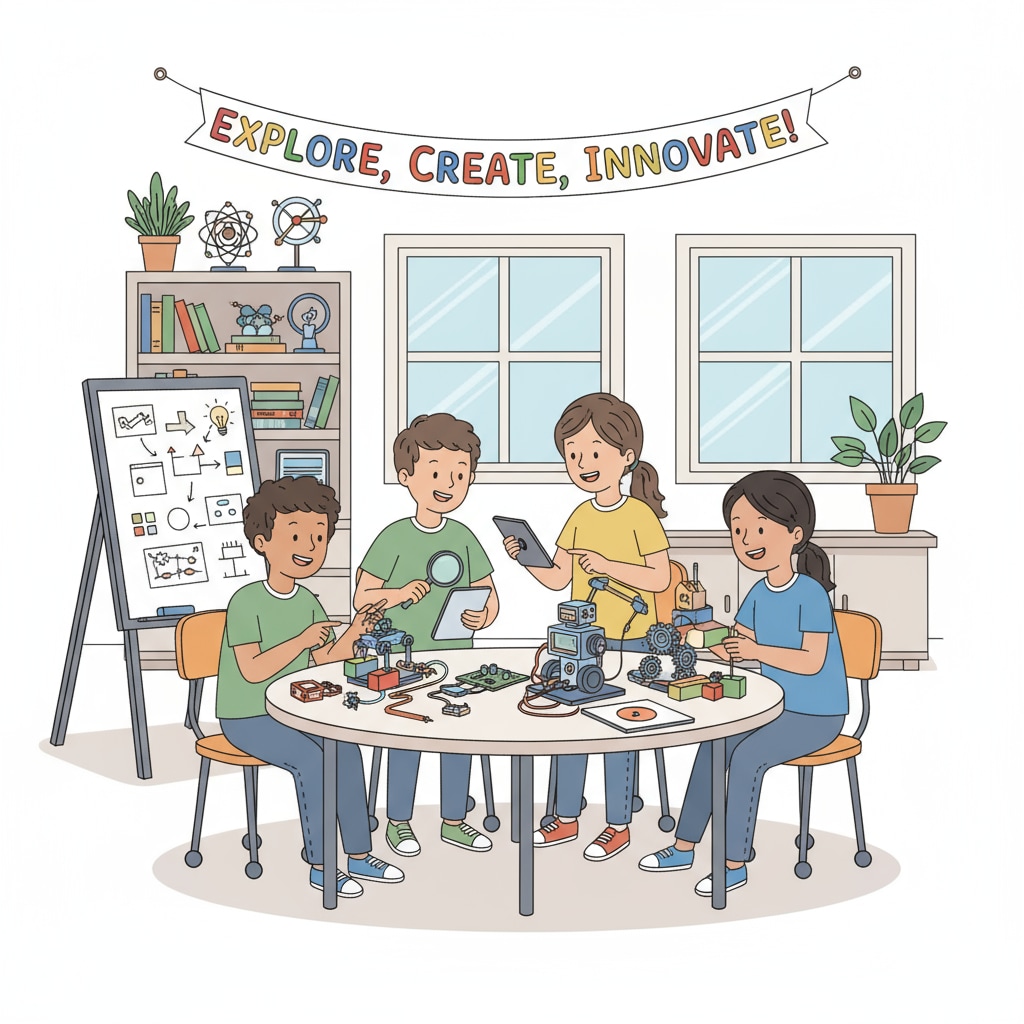Homework alternatives, teaching strategies, and student engagement are crucial aspects in revolutionizing K12 education. For years, traditional homework has been a staple, but it comes with its fair share of limitations. Let’s delve into these issues and explore more creative and engaging alternatives.

The Drawbacks of Traditional Homework
Traditional homework often involves rote memorization and repetitive tasks. For example, students may be required to copy pages of text or solve numerous math problems of the same type. This not only bores students but also fails to stimulate critical thinking. As a result, many students lose interest in learning. According to The National Education Association (NEA), excessive homework can lead to stress and burnout among students, affecting their overall well – being.
Innovative Teaching Strategies as Homework Alternatives
One effective alternative is project – based learning. In this approach, students work on long – term projects that require them to apply knowledge from various subjects. For instance, they could design a sustainable city, which involves aspects of geography, science, and math. This not only engages students but also helps them develop practical skills. Another strategy is flipped classrooms. Here, students watch video lectures at home and engage in discussions and problem – solving activities in class. This way, the in – class time is used more effectively for interaction and deeper learning. As stated by Edutopia, flipped classrooms can significantly improve student engagement.

Group discussions and debates are also great alternatives. By sharing ideas and perspectives, students learn from each other and develop communication skills. Teachers can assign topics related to the curriculum and let students have in – depth discussions. Additionally, experiential learning, such as field trips and experiments, can make learning more memorable and engaging. These activities allow students to experience concepts firsthand, rather than just reading about them in textbooks.
Readability guidance: As seen, we’ve used short paragraphs to present ideas clearly. The lists of alternative strategies make it easy to understand. The use of transition words like ‘for example’, ‘as a result’, and ‘additionally’ helps in smooth flow. We’ve also kept the passive语态 to a minimum and maintained an appropriate sentence length.


